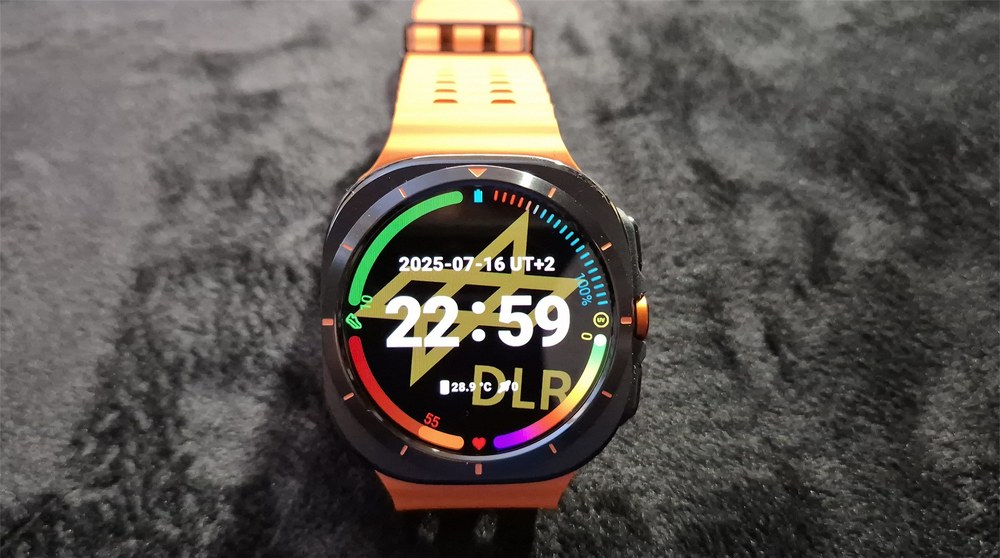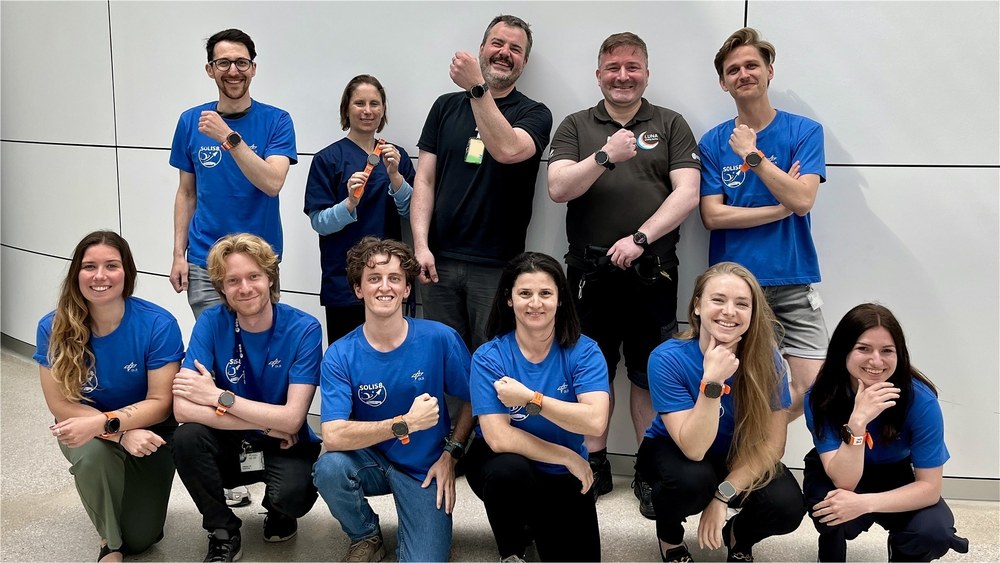Isolation study puts focus on smartwatches for secure health monitoring during space missions

© C. Kahlo, adesso

- ESA's SOLIS8 isolation study was conducted by the DLR Institute of Aerospace Medicine.
- The isolation study investigates how best to prepare for and provide healthcare in isolated environments.
- For the first time, smartwatches were used for medical monitoring.
- The IT service provider adesso and Samsung Germany supported the study.
- Focus: Space exploration, space medicine
A special situation for six test subjects was investigated behind closed doors in the ESA SOLIS8 study: for eight days, they lived in a closed module in the aerospace medicine research facility :envihab at the German Aerospace Center (Deutsches Zentrum für Luft- und Raumfahrt; DLR), isolated from the outside world. The DLR Institute of Aerospace Medicine conducted the isolation study and investigated how best to prepare people for living in an isolated environment and how to care for them during their stay. Reliable medical monitoring was an especially important consideration. But how can the health data of people in isolated environments be securely collected and processed when access to direct medical care and facilities is limited – and without relying on cloud technology or smartphones?
SOLIS8 was the first study to use fitness watches for health monitoring. As part of the research, the Institute of Aerospace Medicine worked together with IT service provider adesso and Samsung Germany. Researchers examined the technical feasibility of using smartwatches to record and evaluate vital signs such as heart rate. In addition to spaceflight, the findings could yield benefits in telemedicine and elderly care. The key is to record health data locally and then encrypt and process it without a cloud connection, to ensure data protection and enable continuous, comprehensive monitoring of the vital parameters of people in isolated settings.
Smartwatches and other wearables are promising tools for health monitoring under isolation conditions
Health monitoring systems in isolated settings must not only be reliable and secure, but also easy to operate for people who aren’t medical professionals. Modern wearable systems like smartwatches are a promising tool for health monitoring under isolation conditions, enabling the collection and sharing of accurate medical data. Indeed, ordinary fitness watches allow real-time, everyday tracking of vital parameters such as heart rate, activity levels and sleep duration. They offer a number of advantages from their compact design to the lack of cables and their ease of use. However, commercial wearables are usually tied to specific manufacturers – which can limit access to raw data and algorithms. These proprietary features complicate scientific validation and comparison with established medical standards.
Smartwatches were worn by SOLIS8 participants throughout the entire study, except while charging. Intuitive use by the participants and targeted training before isolation, provided by staff from DLR and adesso, proved crucial to the viability and success of the study. "The use of smartwatches in our study has shown that these watches can be used for vital sign monitoring without intermediate devices such as mobile phones – even in challenging situations like the complete isolation of participants," say Jens Hauslage and Laura de Boni of the Institute of Aerospace Medicine. "The high level of user acceptance combined with secure encryption opens up new prospects for us – in space exploration as well as in remote research stations or telemedicine."
Future missions to benefit from SOLIS8 smartwatch insights
The insights acquired during SOLIS8 are now being incorporated into the development of software for the planned 'DLR Biobase' – a collaborative research facility focused on life support systems, sensor networks and vital sign monitoring for 'habinauts'. DLR has previously collaborated with adesso and Samsung during sounding rocket flights for the MAPHEUS programme. These missions examined whether and how commercially available smart wearable devices could be used in space without modification. The secure encryption of data streams and the integrity of sensor readings have already been successfully demonstrated multiple times in a space experiment.
Smartwatches can also be used in future isolation studies to improve continuous medical monitoring. The potential also benefits extend beyond space: systems like these could be highly useful in telemedicine and caregiving. In rural areas in particular, medical care could be optimised with easy-to-use yet data-secure smartwatch technology.
